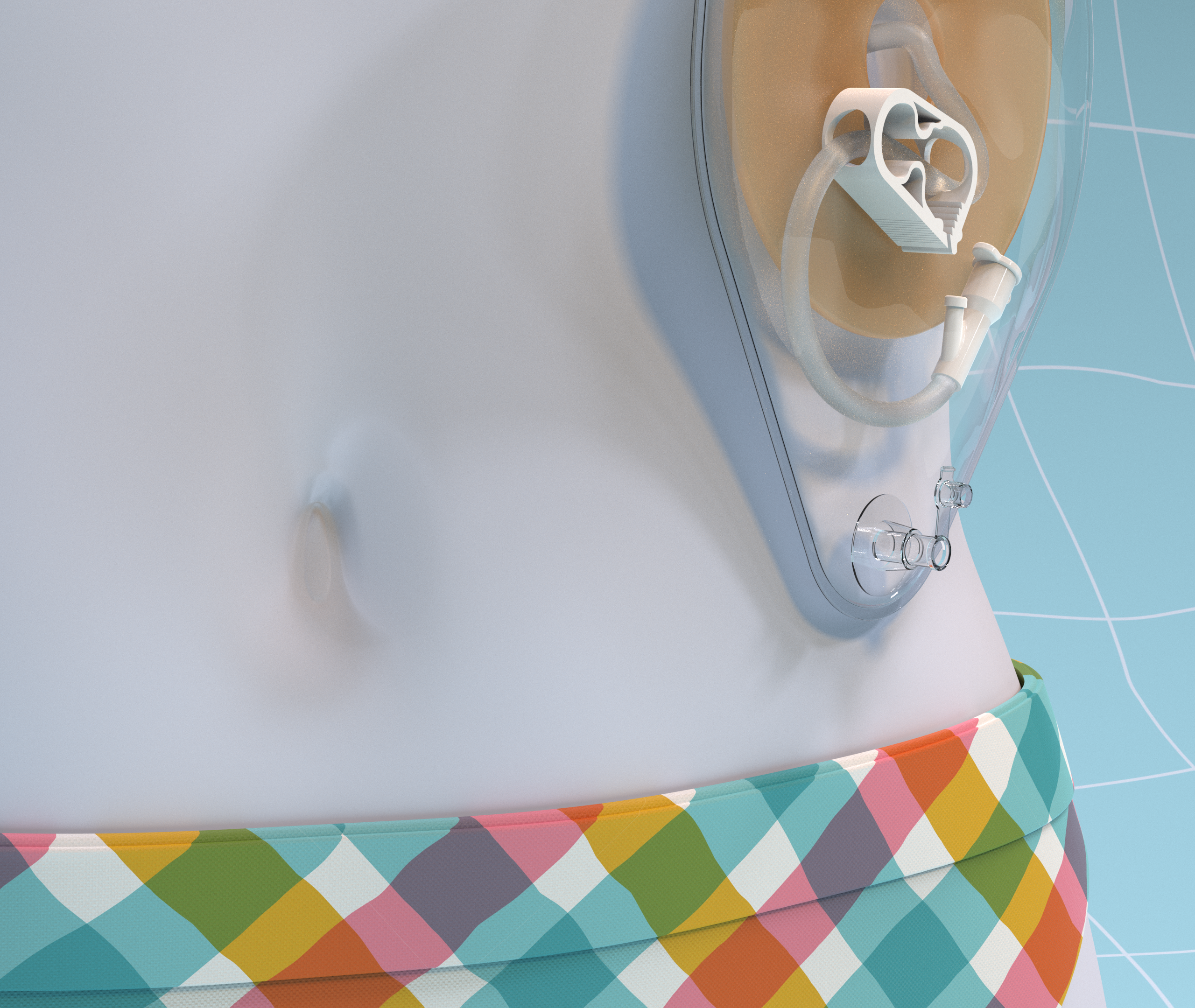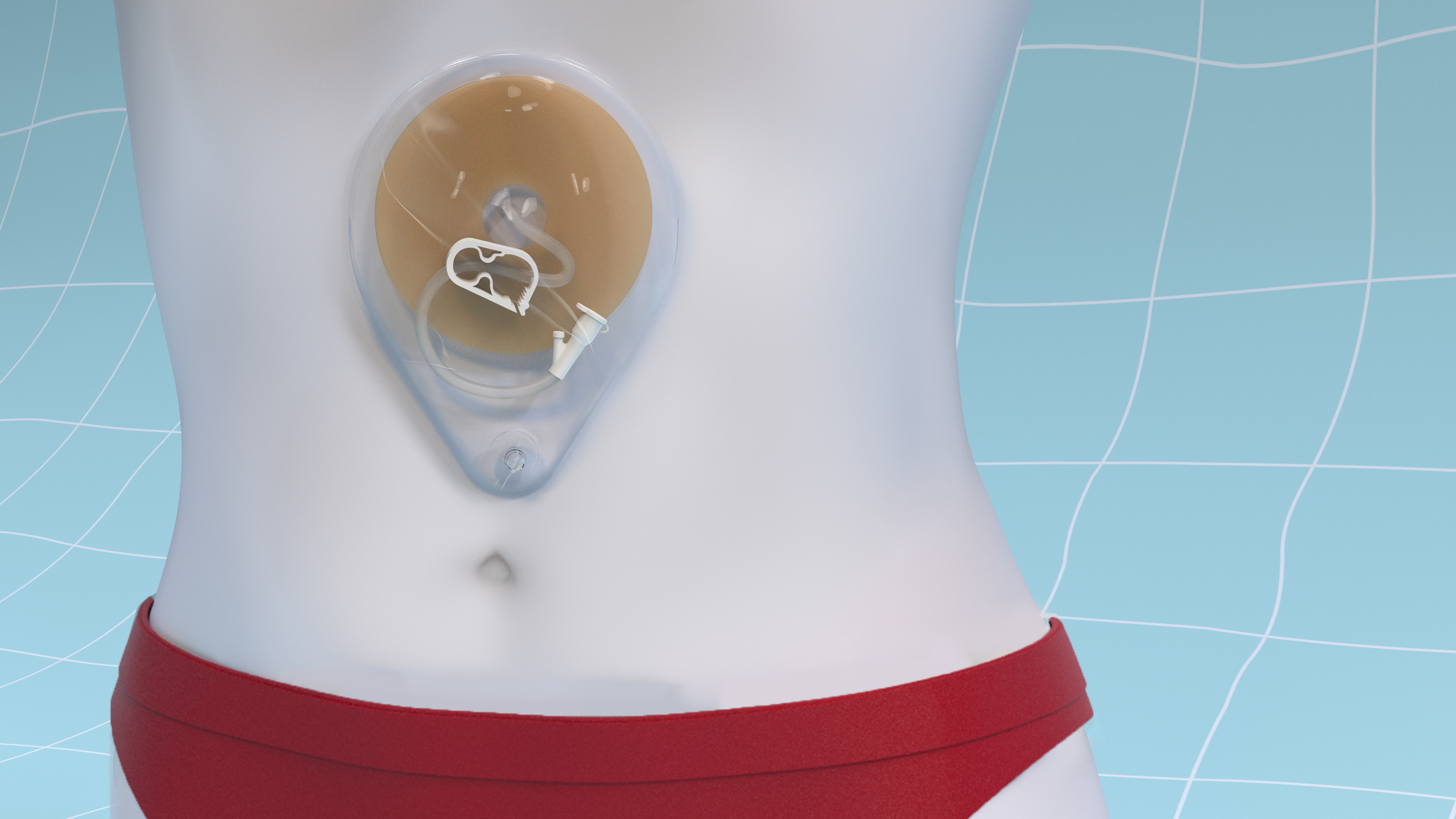The guidance you have been given is very generic and is more about level of risk, since they can't be sure about the environments that you might swim in.
For example, the sea should dilute out many of the microorganisms that come off animals or humans swimming, however, with the UK estuary and coastal sewage dumping, the microbial load will be high at times so definitely should check. environment.data.gov.uk/bwq/profiles Also check sites like this water-quality/sewage-pollution-alerts Flowing rivers should also be quite low in bugs, but in UK sewage dumping means some rivers may not be safe for swimming. You can find out where you can wild swim here theriverstrust.org/enjoy-rivers/wild-swimming but note that you should check the sewage map every time!
Swimming pools and hydro pools are full of people and some form of disinfectant or filtering is needed to keep them safe.

So how is this determined?
To test any body of water, samples are taken, diluted (by 10, 100, 1000, 10000, etc) and spread on a nutritional gel to grow. The nutrition can be specific for E.coli, enterococci, other coliforms that we consider risky. The individual bacteria grow and form a spot or colony and are called colony forming unit cfu. These colonies can be counted. So if I find 3 colonies when I have diluted my sample by 1000, that means there were 3000 bacteria in my sample. These tests take 2-3 days to provide a result.
So what does it mean?
In UK, drinking water and coastal waters are regulated and standards at tap for drinking water are required to be 0 bugs in 100 mL. Service reservoirs and water treatment supply similarly dwi.gov.uk/drinking-water-standards-and-regulations, with coastal and inland waters for swimming meet a lower standard, for example ≤250 cfu/100ml is deemed excellent for coastal waters and inland waters are twice that! Note that coastal waters might only be measured 4 times and usually only May to Sept and the average of the four measures are used. See here for more info environment.data.gov.uk/bwq/profiles/help-understanding-data. Always check the sewage maps!
Pools do a total count of all bacteria to see if their disinfection or filtration systems are working and should be below 1000 per 100 mL of water.
- A consistently raised colony count of 1000 to10000 cfu/100 ml is unsatisfactory and should be investigated.
Escherichia coli (E coli)
Escherichia coli is a bacterium that is normally found only in human and animal faeces and does not grow in water. The presence of E coli indicates the presence of recent faecal contamination (requirement to pre shower before swimming is to minimise this). Total coliforms should be absent in 100ml.
- Less than 10 per 100ml is acceptable provided it does not happen in consecutive samples, there are no E coli, the total count of all bacteria is less than 1000 cfu/100 ml and the residual disinfectant concentration and pH values are within the recommended ranges.
The majority of Pseudomonads are non-pathogenic (will not cause disease) for healthy people, but Pseudomonas aeruginosa is of particular concern as it is an opportunistic pathogen (ie an infectious microorganism that usually does not harm its host but can cause disease when the host’s resistance is low.) It can cause skin rashes and ear infections and is capable of growing in water even at relatively low temperatures. It should be absent in a 100ml sample.
If counts exceed 50cfu/100 ml pool closure is advised as there is significant risk of bather infection.
- The pool should be closed if microbiological testing discloses gross contamination.
Gross contamination is indicated by either:
- E coli over 10 per 100ml PLUS either colony count over 1000 cfu per 100 ml or P.aeruginosa over 10 per 100ml (or, of course, both) or
- P. aeruginosa over 50 per 100ml and total colony count over 10000 per 100 ml.
I realise this is a bit of an information overload! Take it a piece at a time, maybe focusing on the water you might swim in. All of the links show what are good and poor levels of bacteria for your reference. Bodies of water with a high acceptable colony count cfu, may not be good for you. The time limits you have been given are to reduce the level of exposure and risk. Given risks around sewage dumping, a good pool may be the best bet as long as they have recently tested finding no E.coli or coliforms, no P.aeruginosa, and <1000 cfu total count. For you, you might want the total count to be significantly below 1000 cfu per 100 mL. They may quote per mL, if so x100 to get per 100 mL.


